
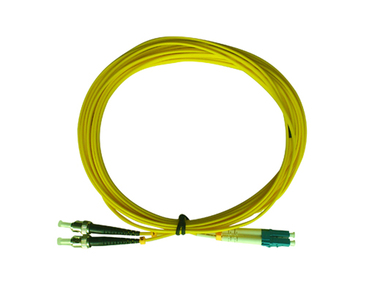
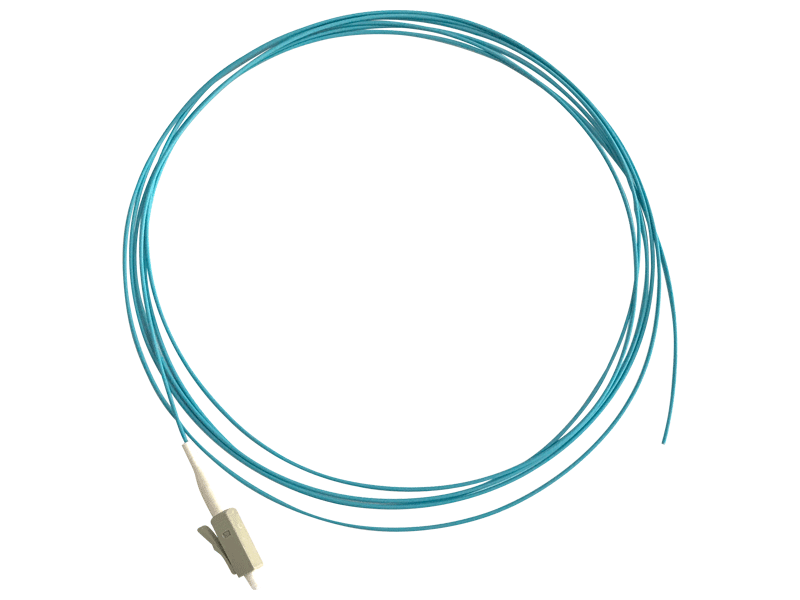
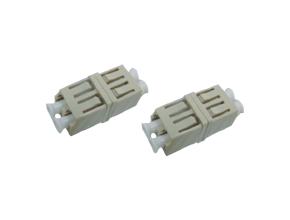
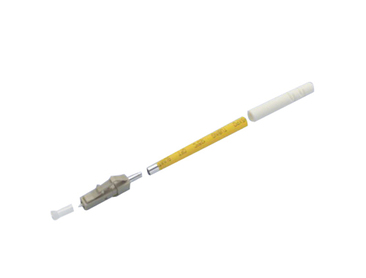

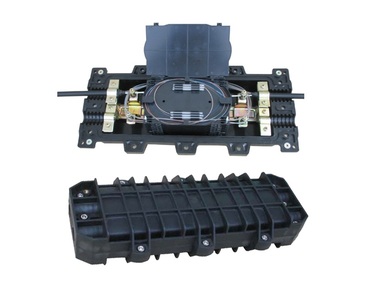
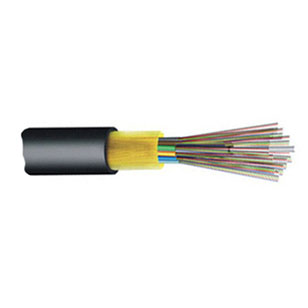
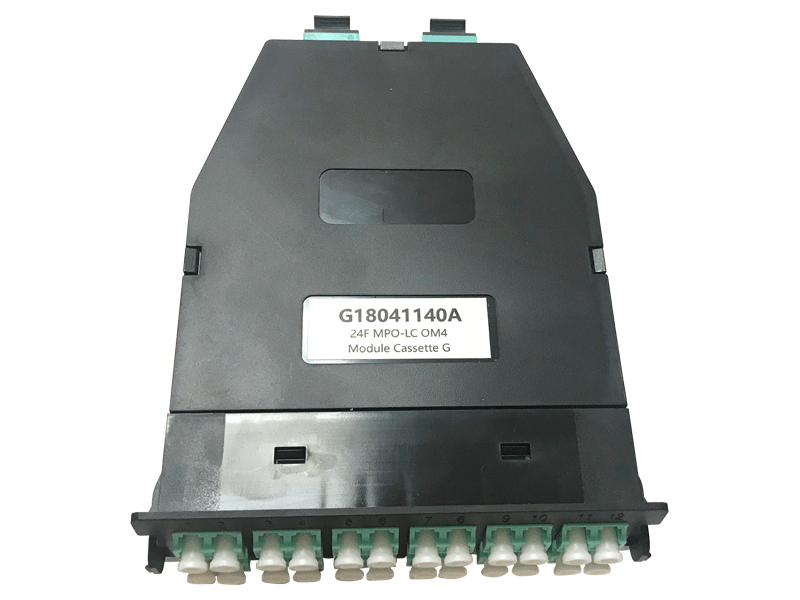

Optical fiber is used as a medium for telecommunication and computer networking because it is flexible and can be bundled as cables. It is especially advantageous for long-distance communications, because infrared light propagates through the fiber with much lower attenuation compared to electrical cables.
Fiber Supports Very High Bandwidth Levels. When it comes to bandwidth, no currently available technology is better than fiber – especially singlemode fiber. Fiber optic cables provide more bandwidth to carry more data than copper cables of the same diameter
Due to fiber optics sending light beams down the thin strands of glass rather than electrical signals, these cables are not affected by weather changes. Rain, cold and extreme heat can affect traditional electrical signals but do not have any affect on fiber optics.
Let's talk about fiber optic types and core sizes. There are three common core sizes: 9/125, 50/125, and 62.5/125. Each of those numbers stands for a measurement, and that measurement is in microns.
The three basic elements of fiber optic system components are the core, the cladding, and the coating. Core: This is the light transmission area of the fiber, either glass or plastic. The larger the core, the more light that will be transmitted into the fiber.
May 23 , 2025
Empowering Partnerships, Building Expertise
Apr 08 , 2025
Feb 26 , 2025